In the United States, approximately 23 million households brought an animal into their lives as they navigated the pandemic. It’s no wonder they did—across various studies, having a pet has been linked to decreased loneliness and boosted feelings of well-being. Plus, amid the isolation of 2020-21, many of our pets encouraged us to get outside and reconnect with nature.
For influential photographers like Iza Lyson and Taya Iv, dogs and cats became ever-present models and collaborators, even if they were stuck indoors. Others followed their lead, elevating the field of pet photography into the realm of fine art. The pictures they made brightened our days and gave us hope for better ones ahead.
Dog photography and cat photography, while wide-ranging, will always be in vogue. On social media, some celebrate by sharing photos tagged #DogsinBlankets and #TongueOutTuesday, while others invest in timeless professional portraits of their furry family members. In tribute to the canine and feline friends who helped us weather the last few years and continue to bring joy to our lives, we put together this quick guide to photographing pets.
Gear basics
A workhorse mirrorless or DSLR camera will offer plenty of flexibility to experiment with different lenses and perspectives. While some animal photographers opt for a wide-angle to capture the surrounding environment, others might play with telephoto lenses to capture animals at a distance. In general, a prime lens like a classic “nifty fifty” will offer better quality, while also allowing you to open up your aperture for portraits. A zoom lens, on the other hand, can offer more versatility, especially for animals in action, and you’ll get a lot of mileage from a 20-70mm.
Natural light is ideal for pet photography, especially during the golden hours around sunrise and sunset. Overcast days offer softer and more flattering conditions outdoors, while a window with indirect sunlight can be a game-changer inside. If the animal is comfortable with it, you can introduce studio lighting, but consider continuous lighting at first, as flash can be startling for pets who aren’t accustomed to it. Use a softbox to diffuse the light.
For studio animal portraits, backgrounds can include paper, fabric, or anything else you’d use for human portraits. These are ideal for removing distractions and keeping the focus on the pet. Just keep in mind that animals are messy, so only bring out backgrounds you’re comfortable soiling. If you choose paper, make sure to have some extra yards in case of slobber or paw prints. Vinyl is also a practical option because it’s easy to clean. Smudges are much easier to get rid of on set than in post-production.
Speaking of cleaning, a lens cloth and cleaning kit will also come in handy, especially with shedding dogs. Brushes and towels can also be good for making sure the animal looks his best. Finally, remember treats and toys. If you use treats, remember to check with the pet’s human to make sure that anything you offer is appropriate for the animal’s health and diet (or ask them to bring their own). Some pets might not be able to have treats, but you can still make the session fun by rewarding them with toys and praise. Check in with the owner before the shoot to see what their animal enjoys the most.
Must-have animal photography tips
Stay flexible
If you take one thing away from this guide, make it this one: be patient, and stay positive and calm. Animals don’t take direction like humans, but that’s part of what makes them fun to photograph. While it’s always good to go into a shoot with a plan of action, remember that that plan might change depending on what the pet needs.
“Prepare for the unexpected,” the 500px team urges. If an animal isn’t sitting still, for example, consider some candid pet portraits of her playing outdoors or interacting with her person. If the pet is shy, give him some space or have an assistant there to provide comfort and encouragement.
Take your time
Set aside more time for the session than you think you need, just to give the animal time to sniff, explore the environment, and get comfortable with you. Cats, for example, often take longer to get comfortable than dogs might. If the animal seems nervous, take a break and try again later. Breaks are a great idea, in general, as they allow the pet to unwind.
Do something he enjoys, whether it’s playing tug or taking it slow, and go at his pace. Use words the dog likes (ask the owner about these). Have your camera at your side at all times so you can whip it out at a moment’s notice and capture something magical and fleeting. Keep your shot list in the back of your mind; you might be able to return to what you planned as the session evolves.
Get low
As with portraits of humans, the beauty is in the eyes, so get down to the animal’s level and ensure those eyes are the sharpest part of the image. You can get a dog’s attention with treats or sounds; if you do use a squeaker, just make sure you’re the only person making noises so that the animal’s not confused or distracted.
Getting on your knees or even your belly can also make you more approachable, allowing the pet’s personality to shine through in your photographs. Feel free to get creative with your angles and perspectives; mixing it up can result in unexpected facial expressions. An ultra-wide angle like a 16-35mm can create some hilarious portraits.
Highlight the details
Every pet is different, so lean into what makes this animal unique. Maybe it’s the gray muzzle on a senior dog, or perhaps it’s a cat’s whiskers. It could be the way a cat sprawls out in a patch of sun close to the window or the way a dog soars through the air when catching a frisbee. Or maybe it’s as simple as a dog’s pink tongue after a game of fetch or a cat’s paws “making biscuits.”
You’ll get to know these details over the course of your time with the animal, but it can also help to interview the owner about their pet. What does their cat do that makes them laugh? What’s their dog’s favorite place in the world?
Break the rules
From using a fast shutter speed to freeze a dog in motion to getting that perfect focus on the catchlights in a cat’s eyes, there are countless technical considerations to take into account when photographing pets. In some ways, pet photographers operate like portrait photographers, sports photographers, and documentary photographers all rolled into one. And they have to have the skills of all three.
With that being said, technical proficiency will go a long way in this business, but it isn’t everything. Creative pet photography is also about being in the moment and connecting with your subject. Once you know the rules, you can break them, whether that means photographing your dog in silhouette or capturing “bloopers” of a cat making a funny face. Focus on the animal first and your gear second; you don’t want to miss a great photo because you’re too busy fiddling with your camera.
Not on 500px yet? Sign up here to explore more impactful photography.


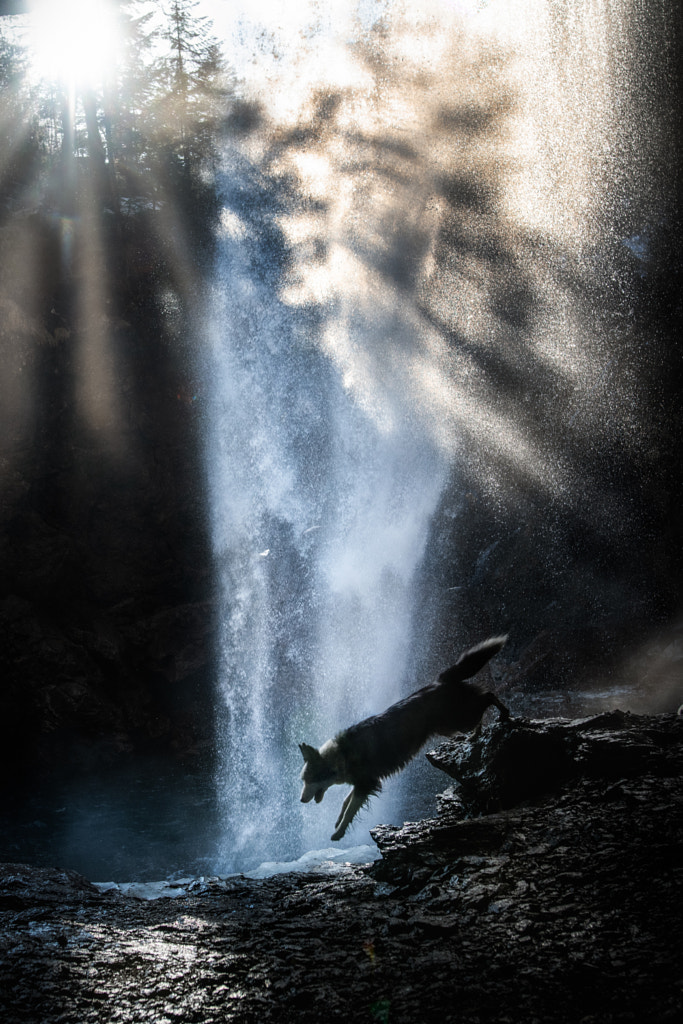
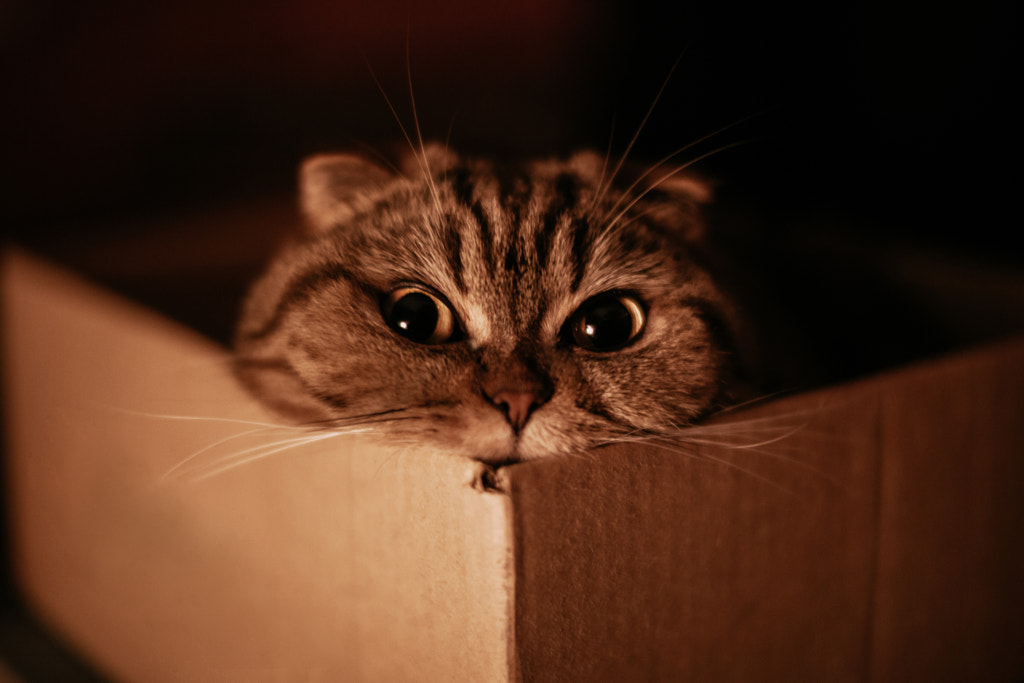
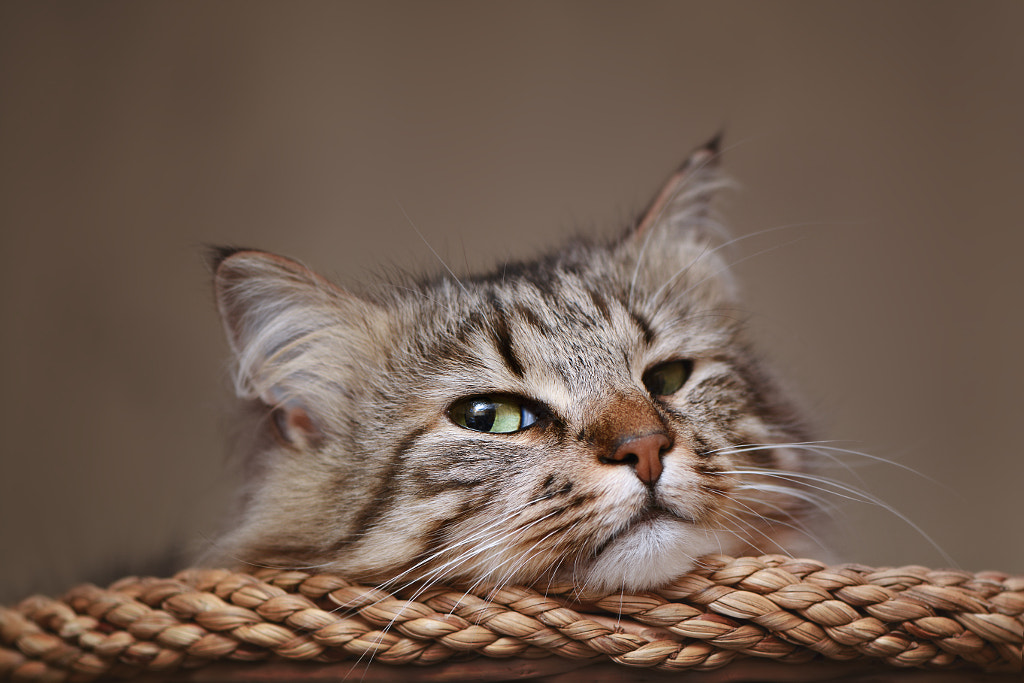

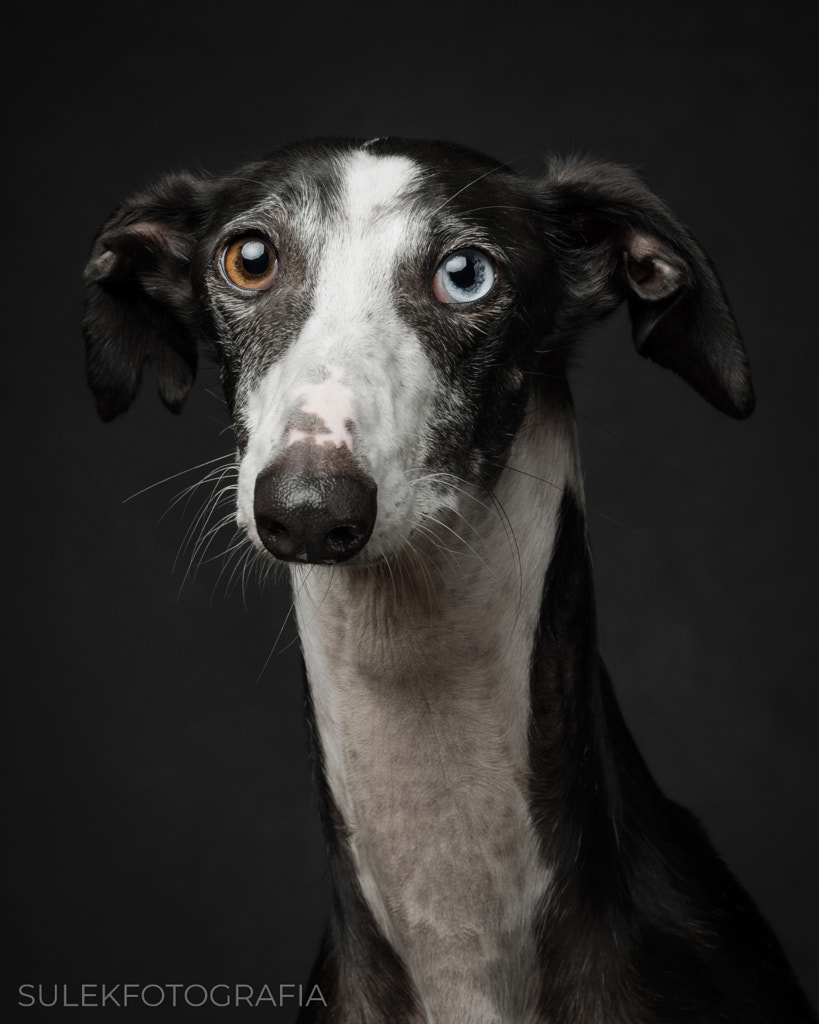
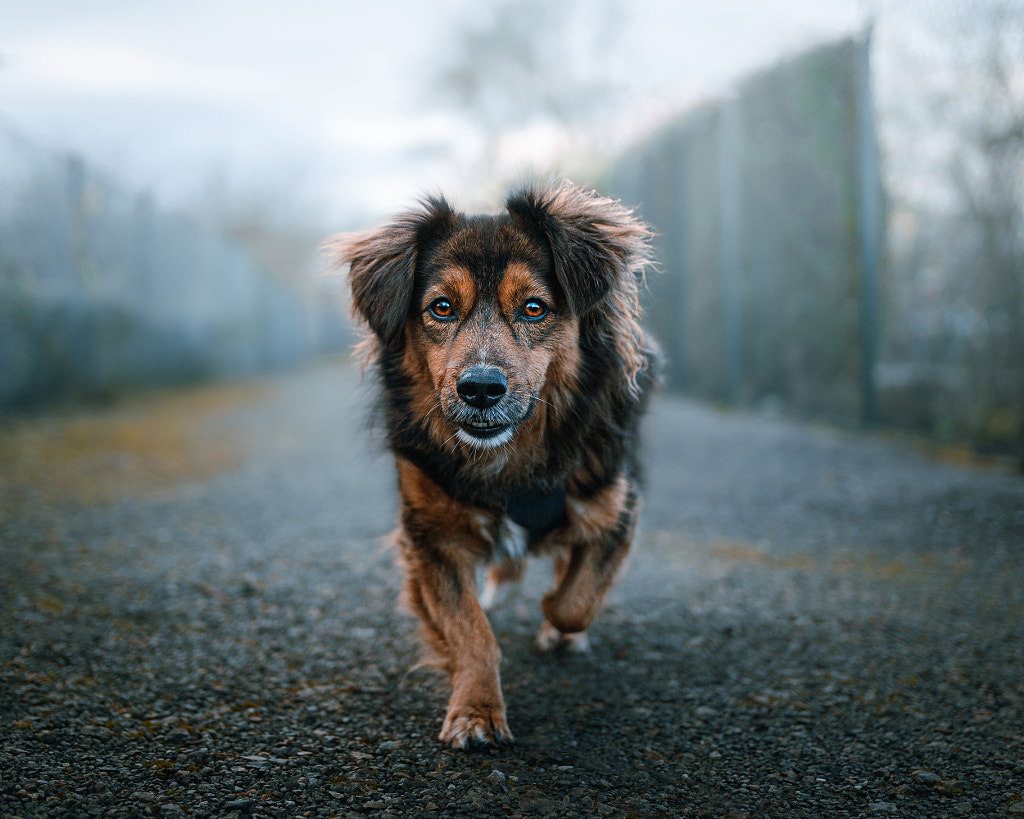



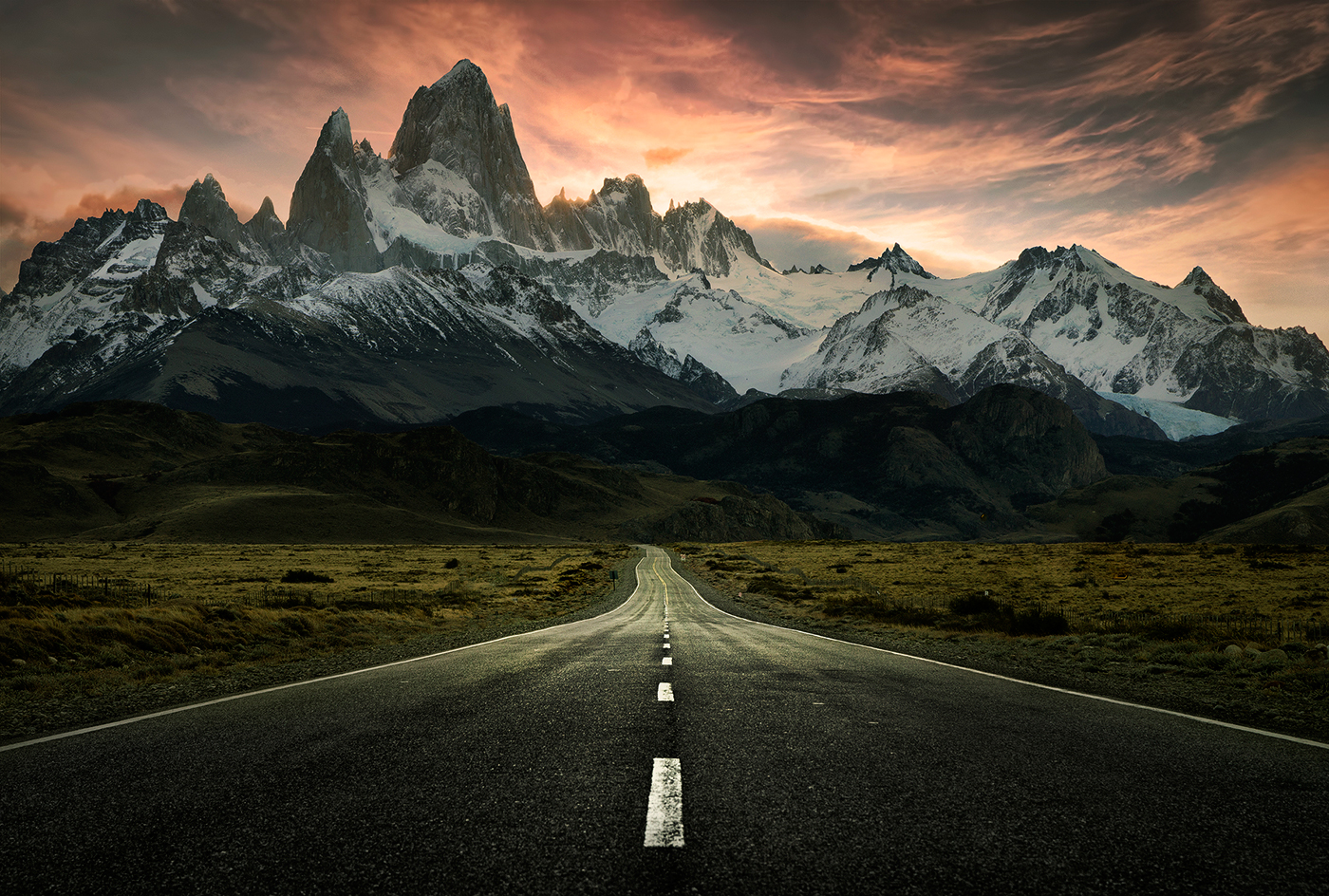
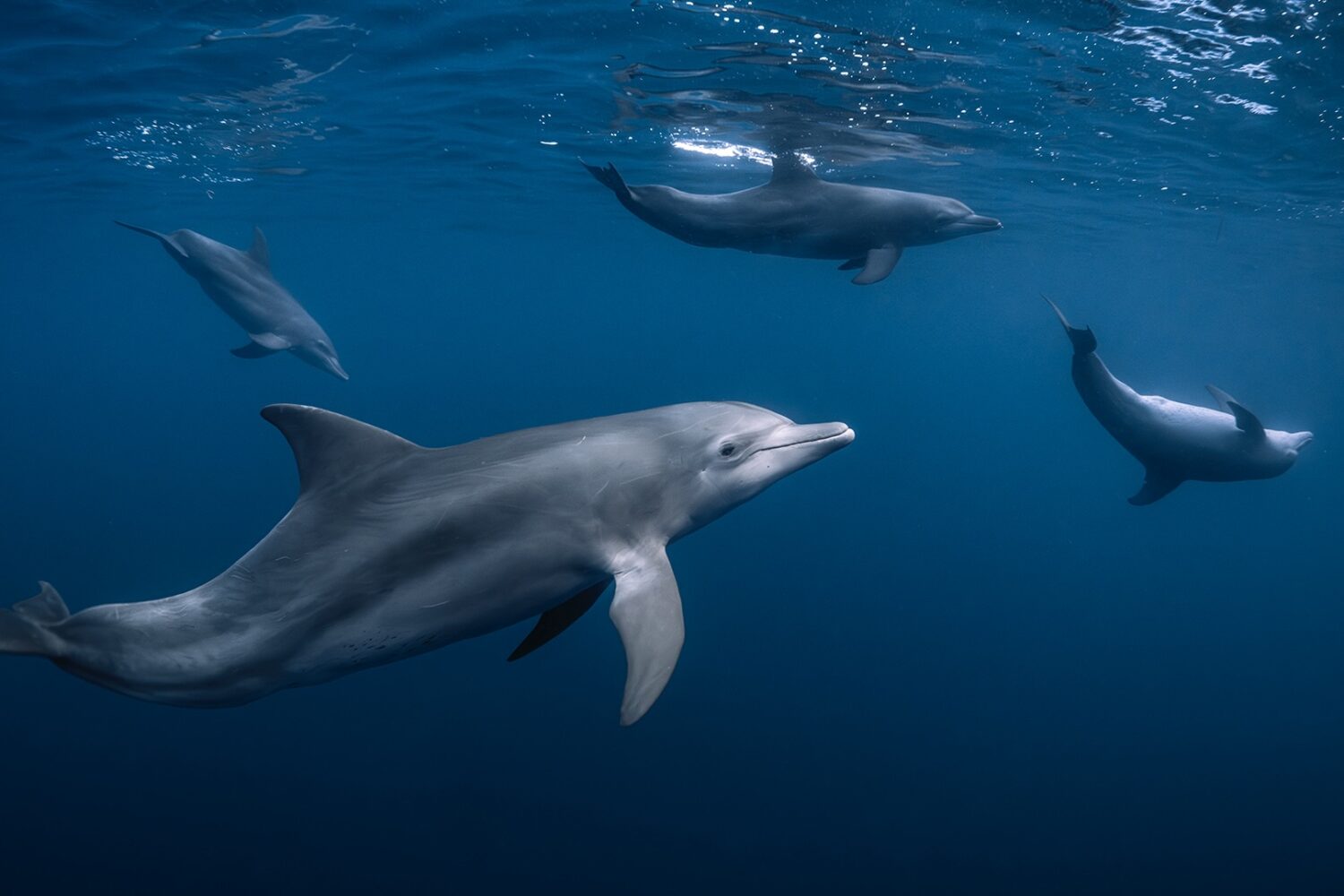
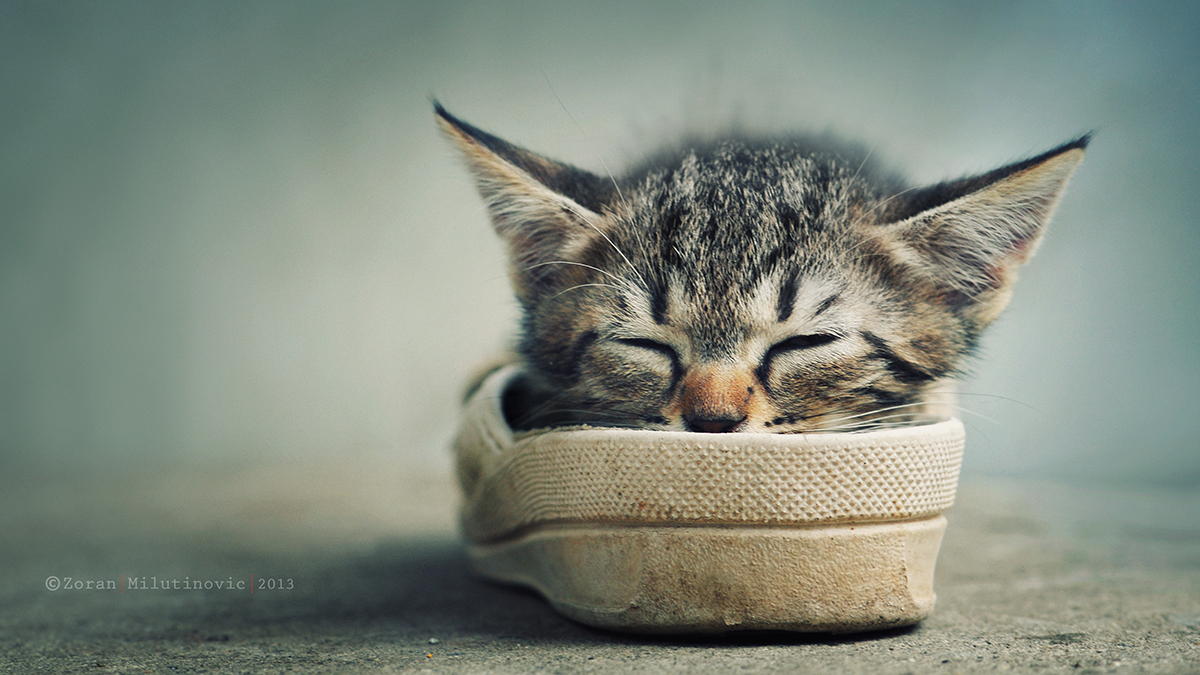
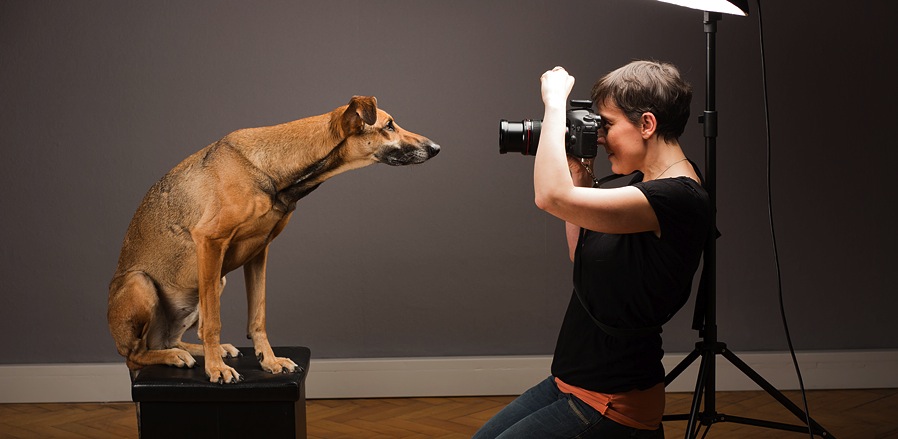

Leave a reply